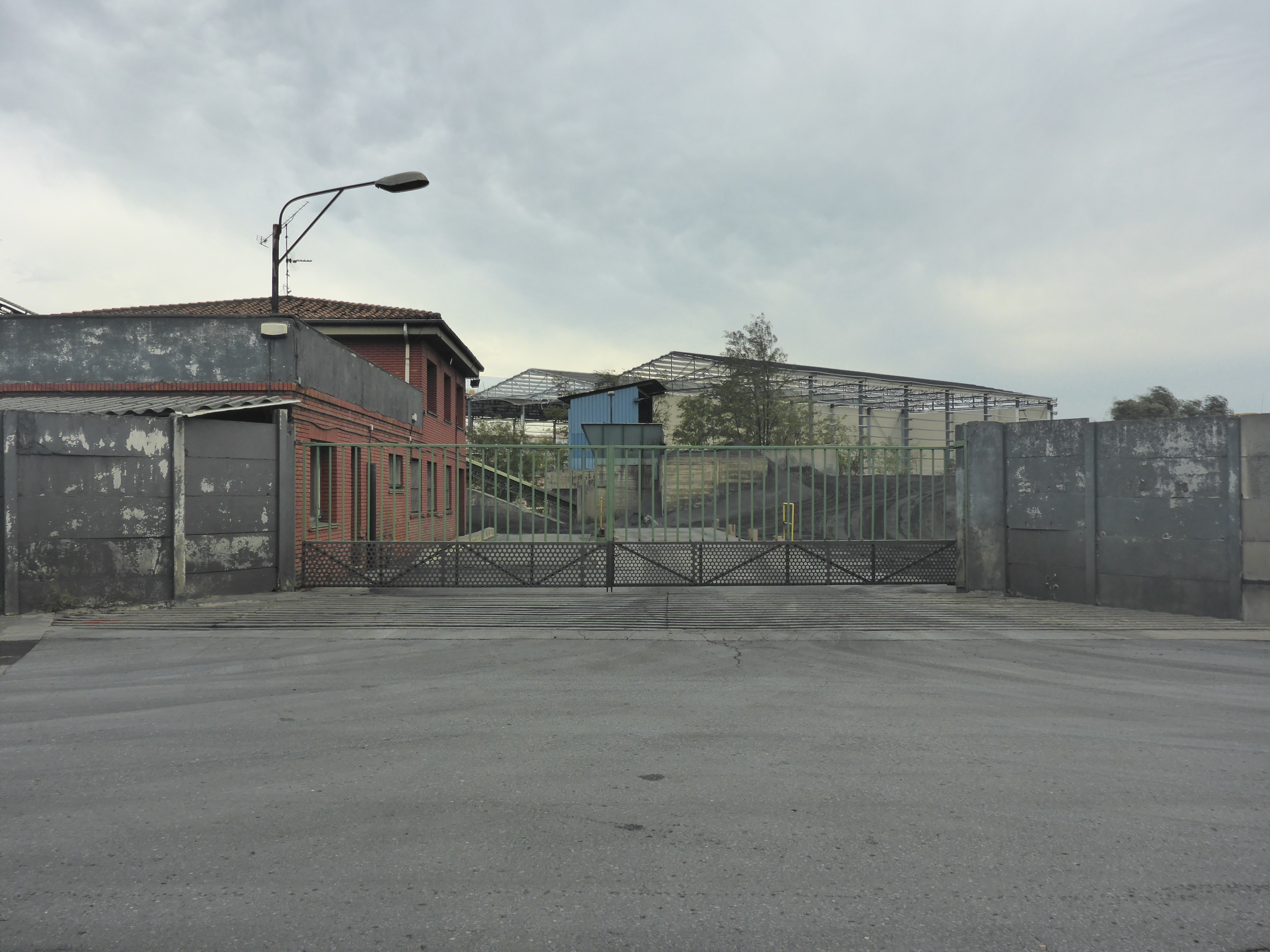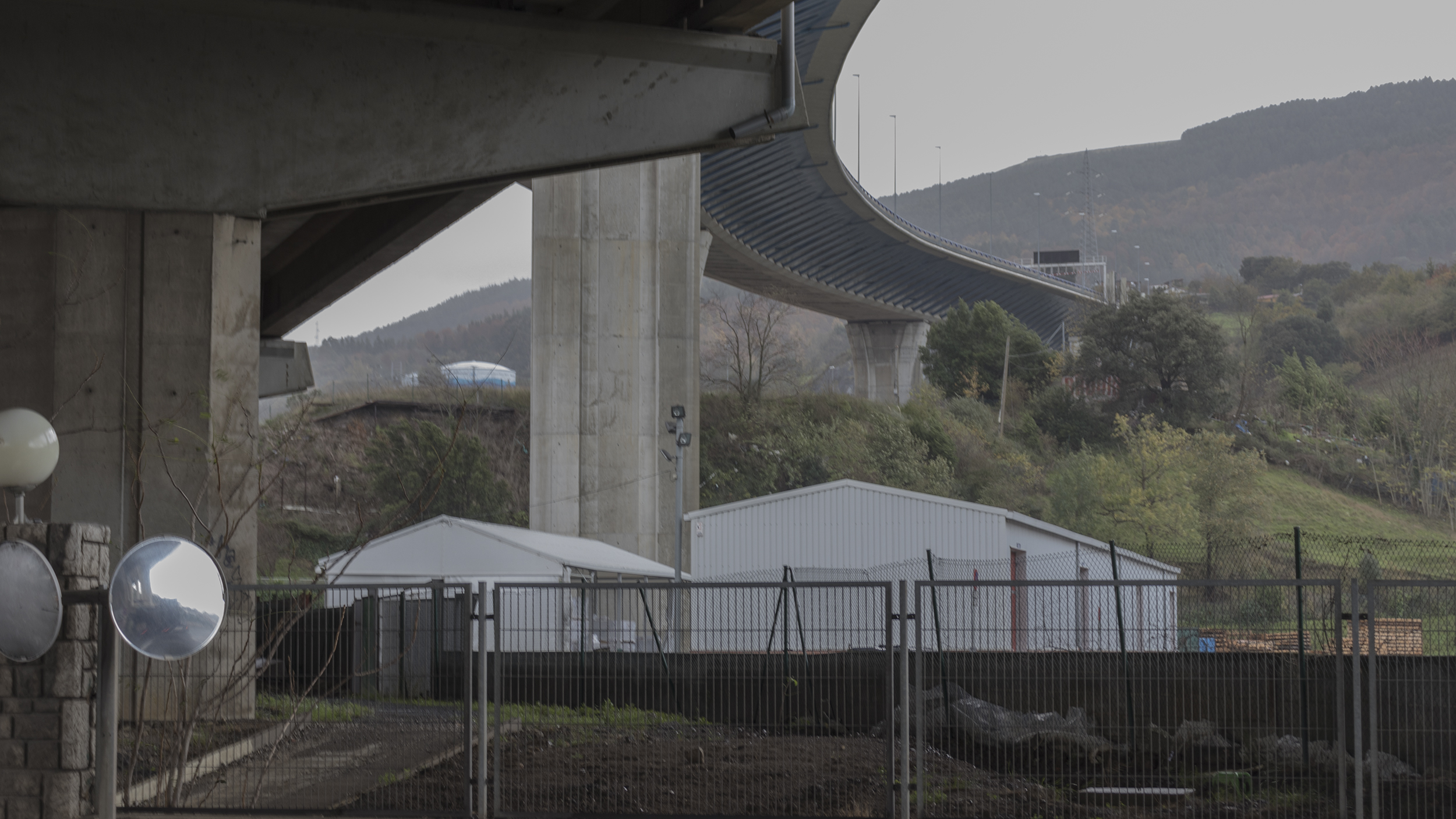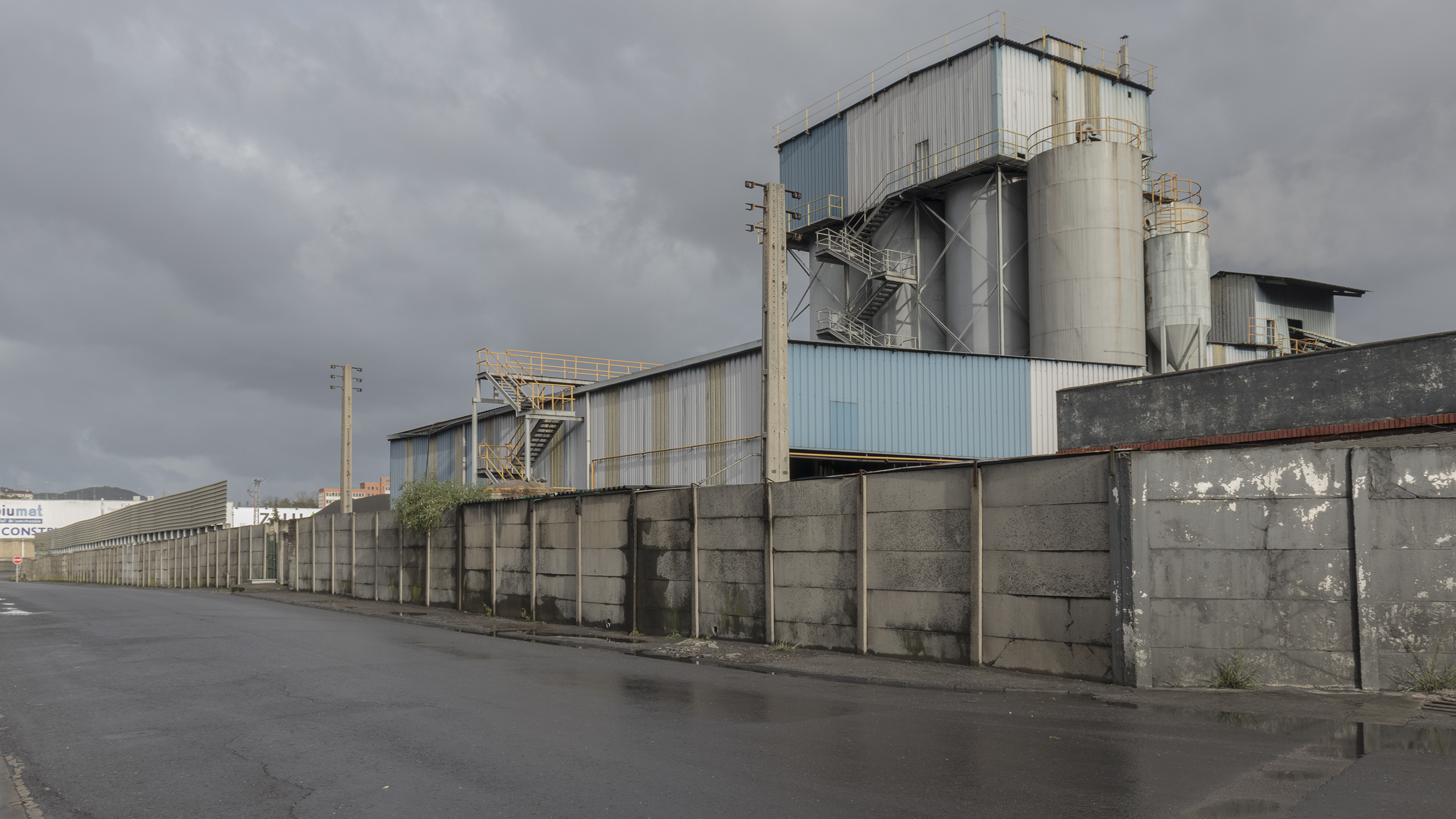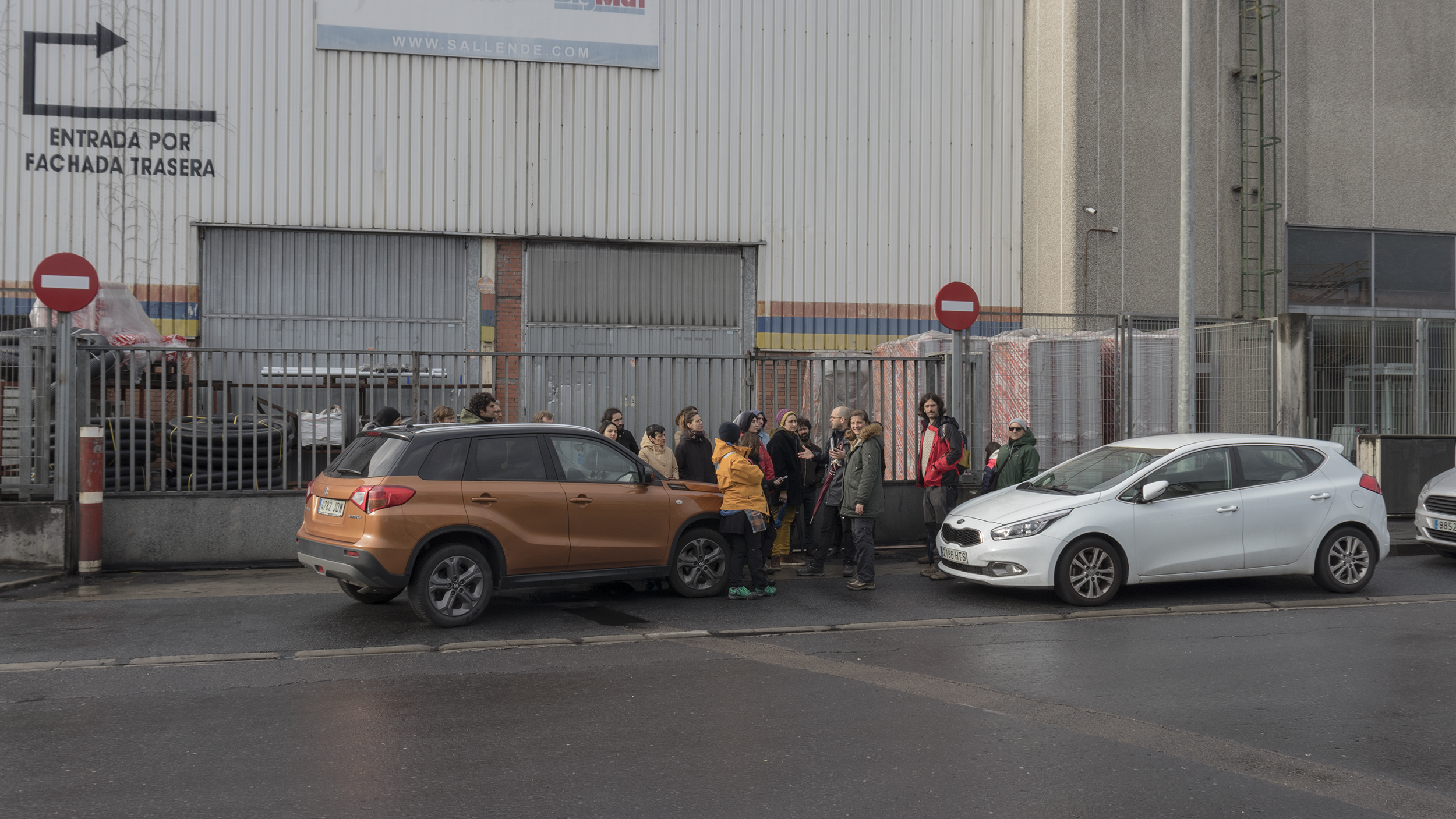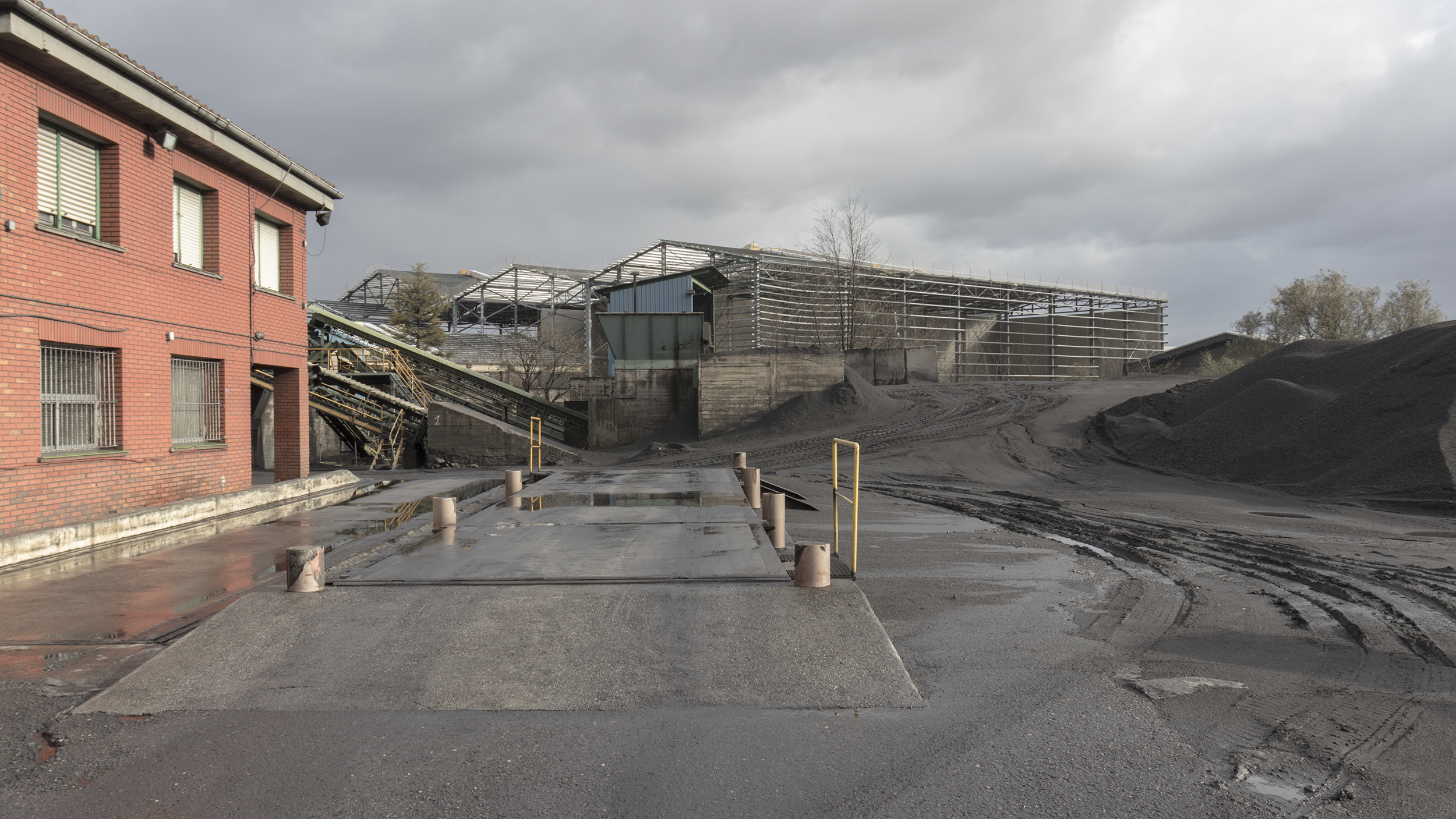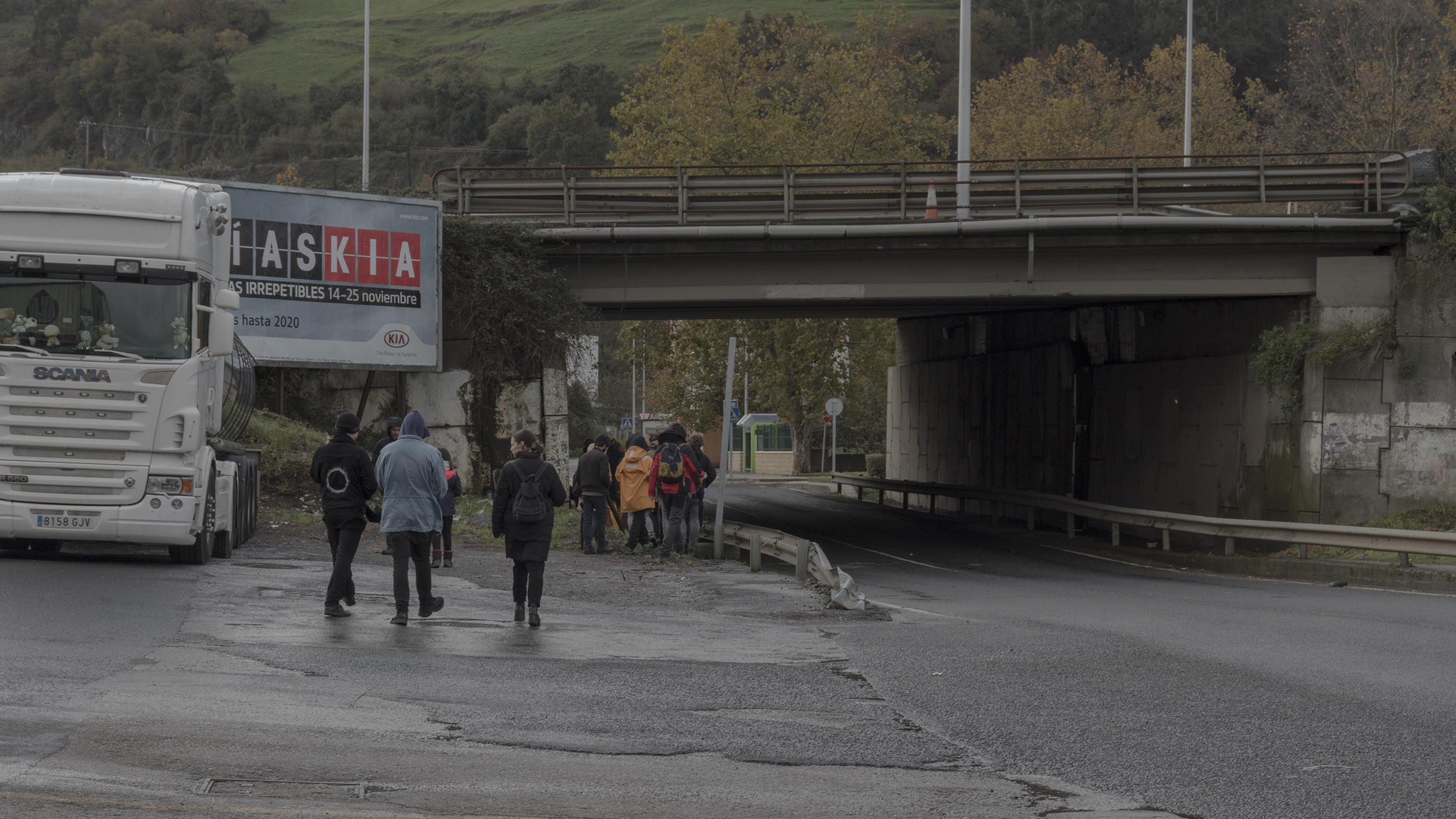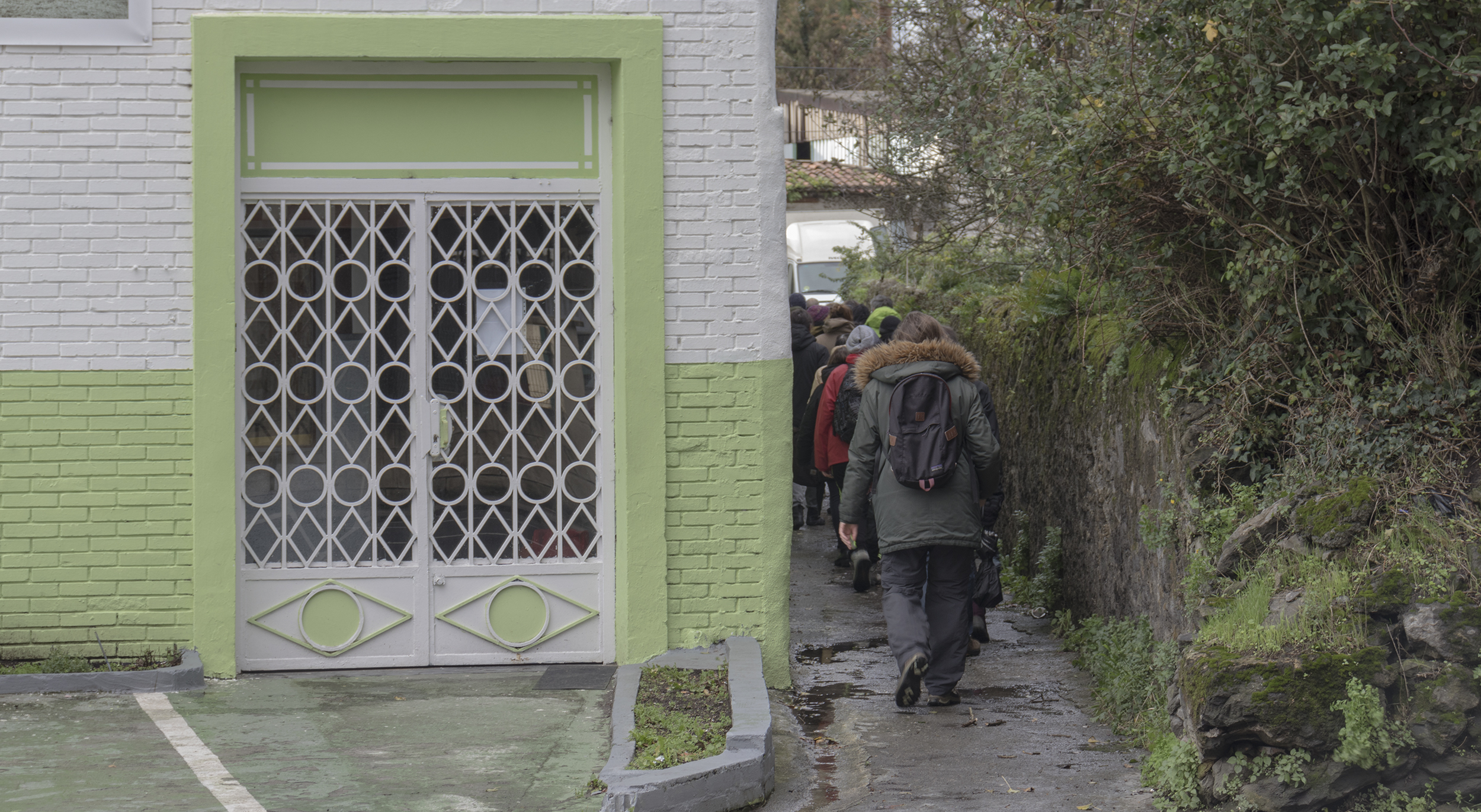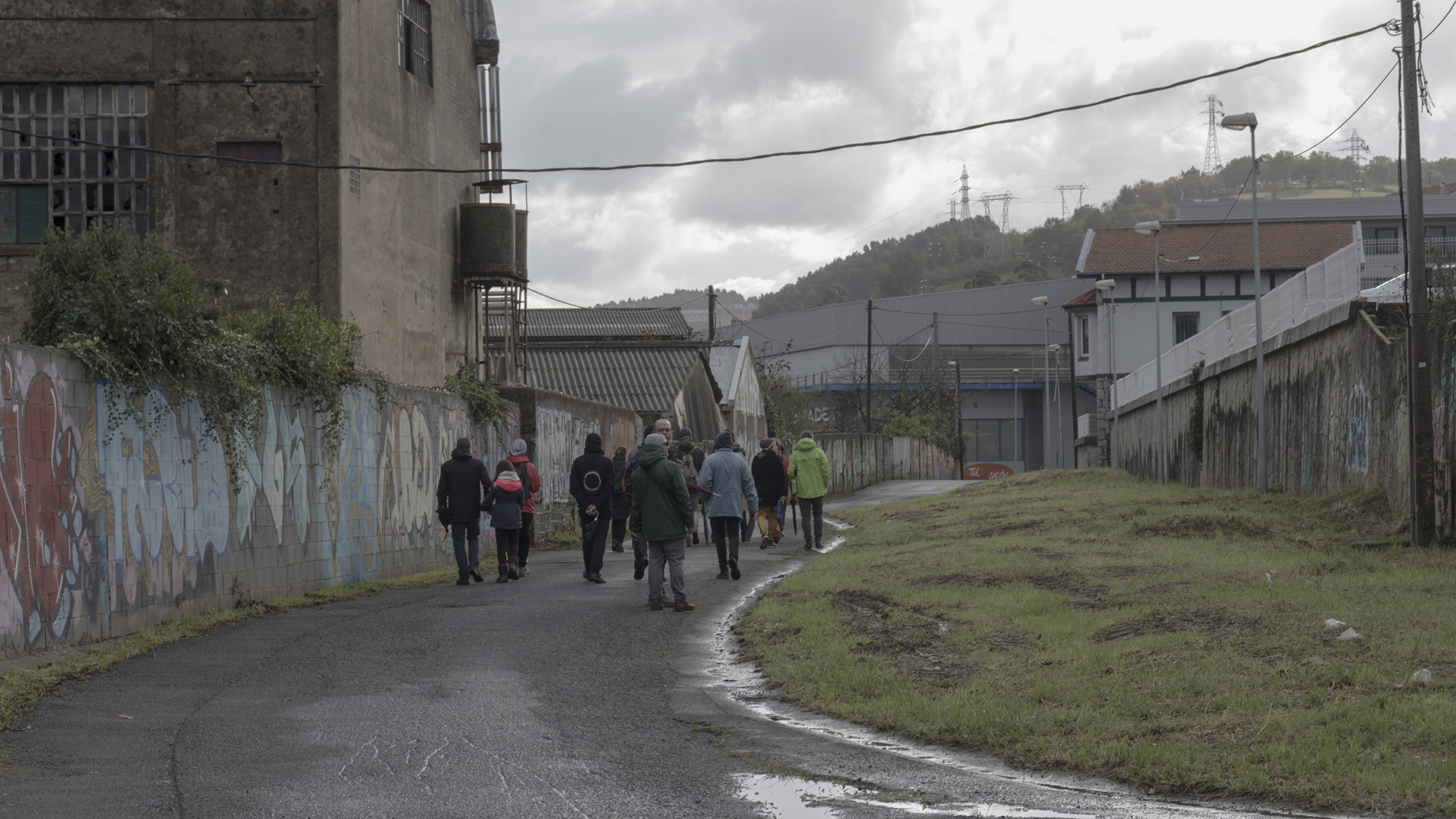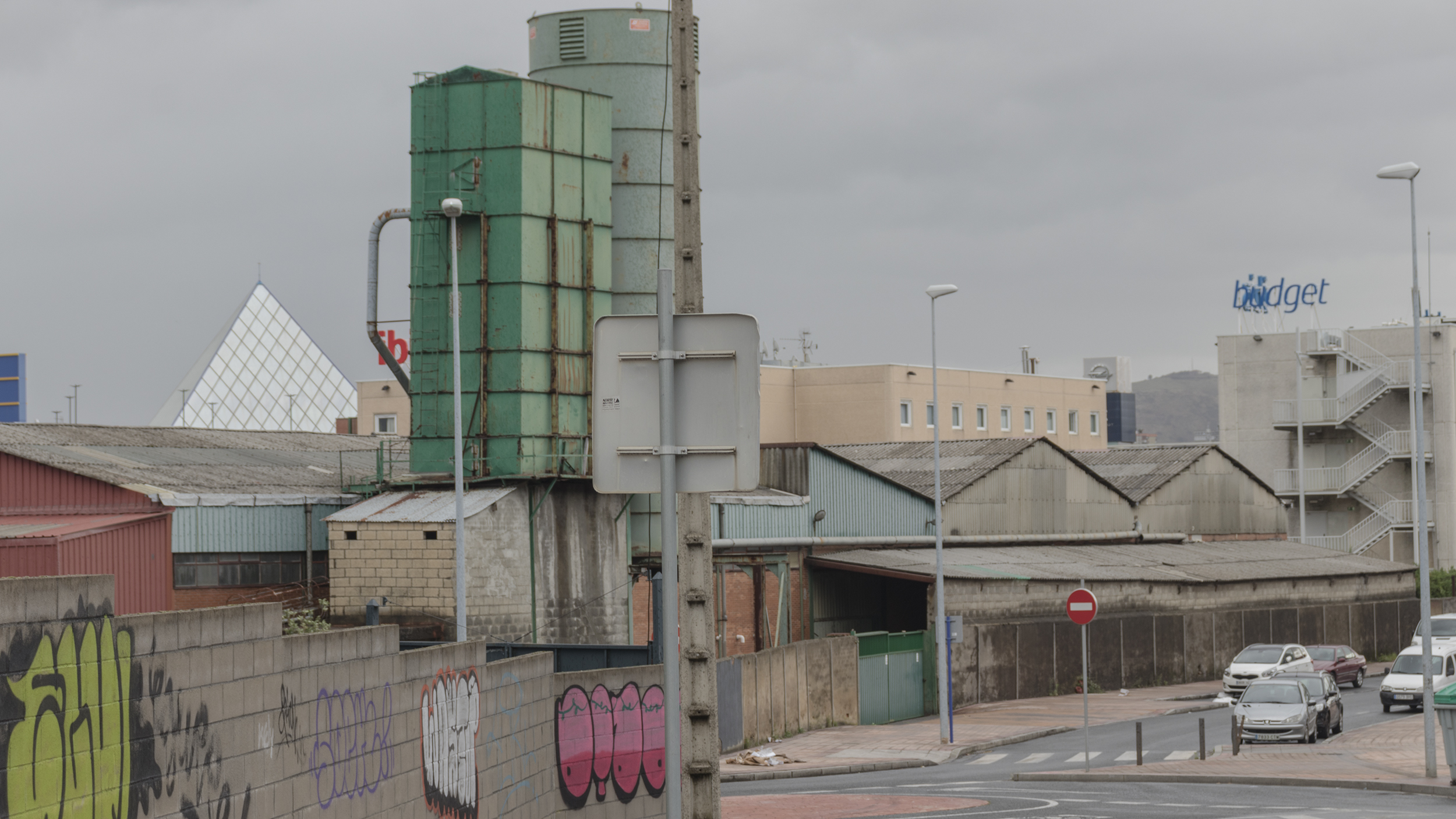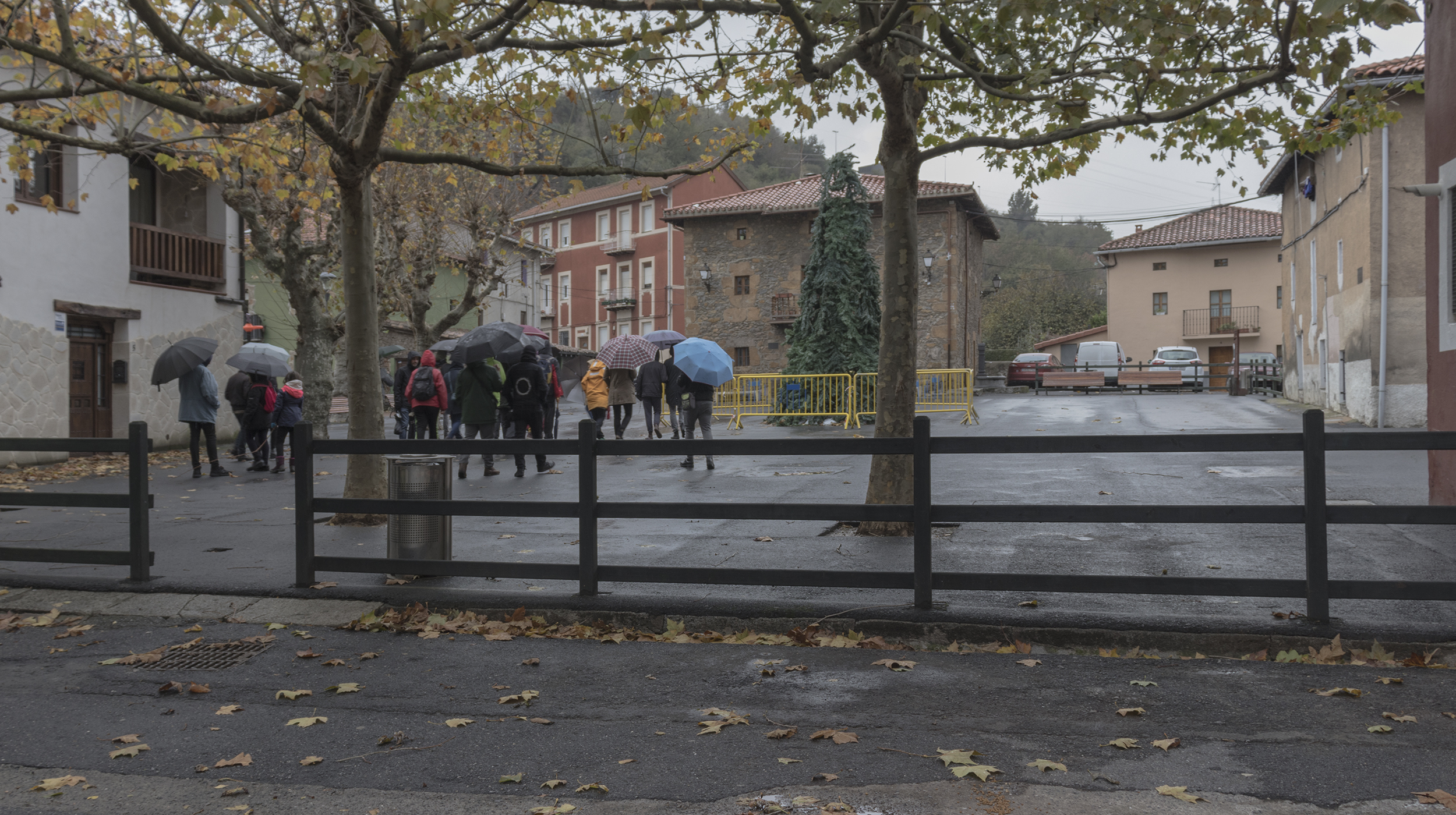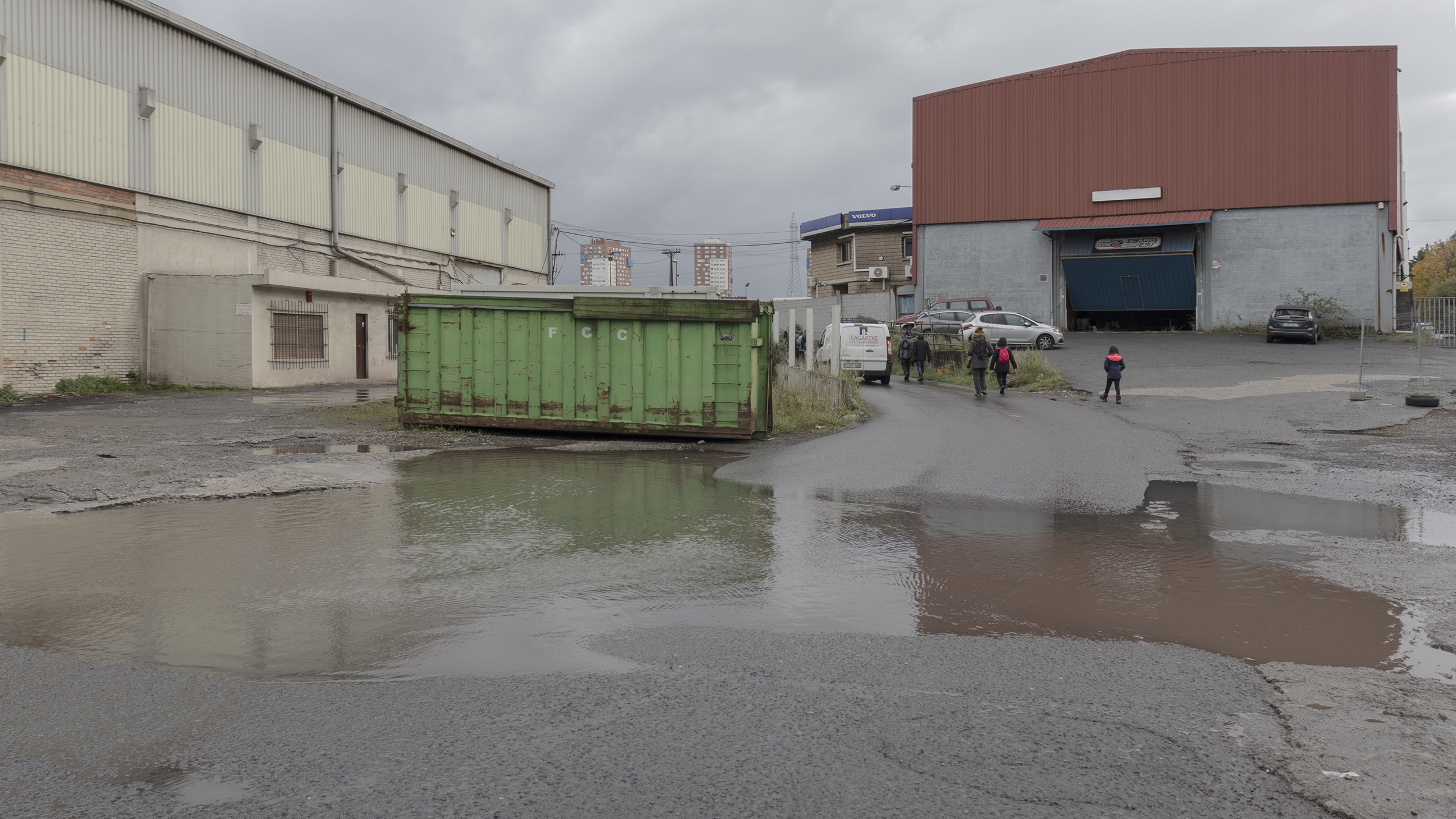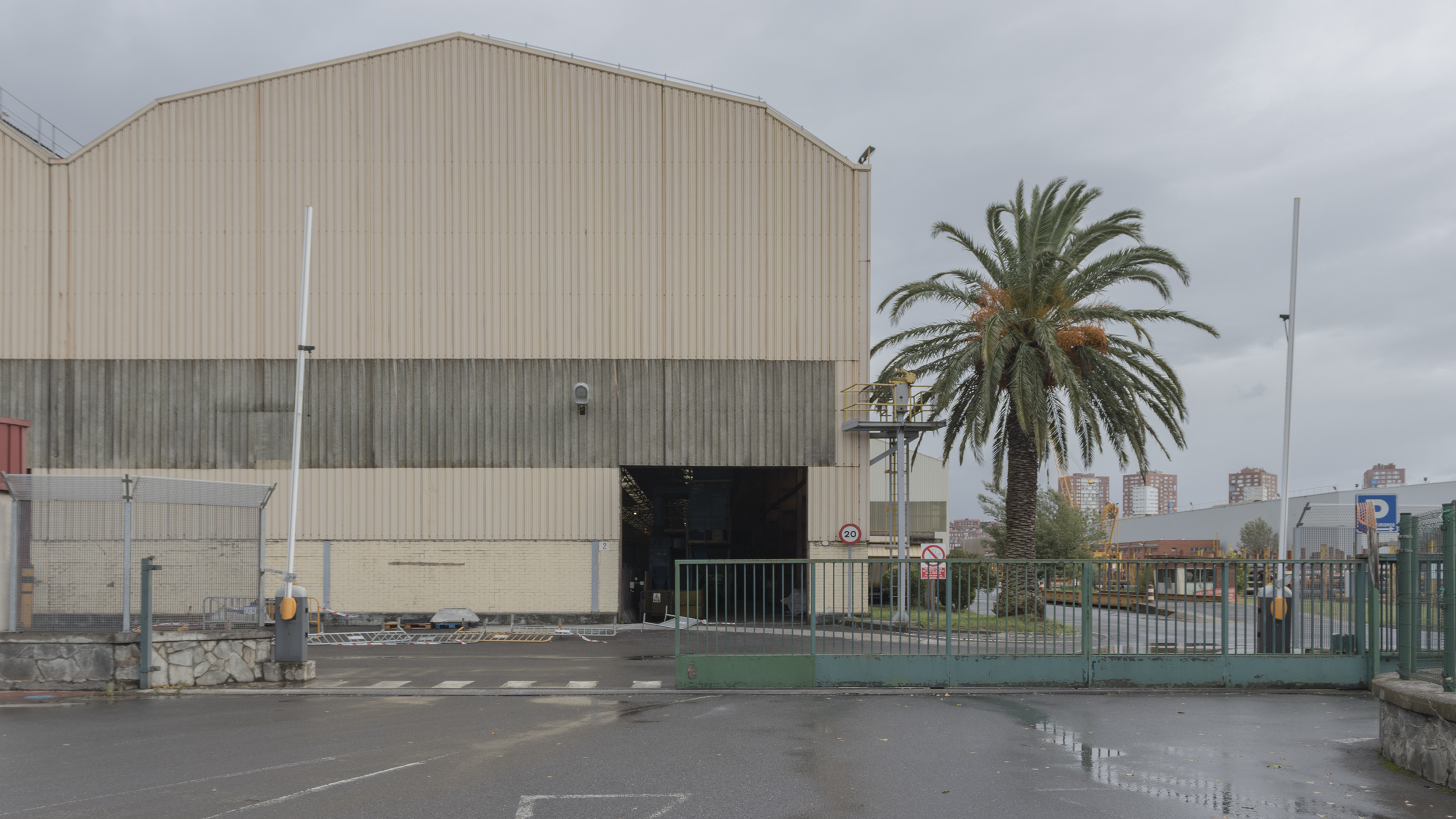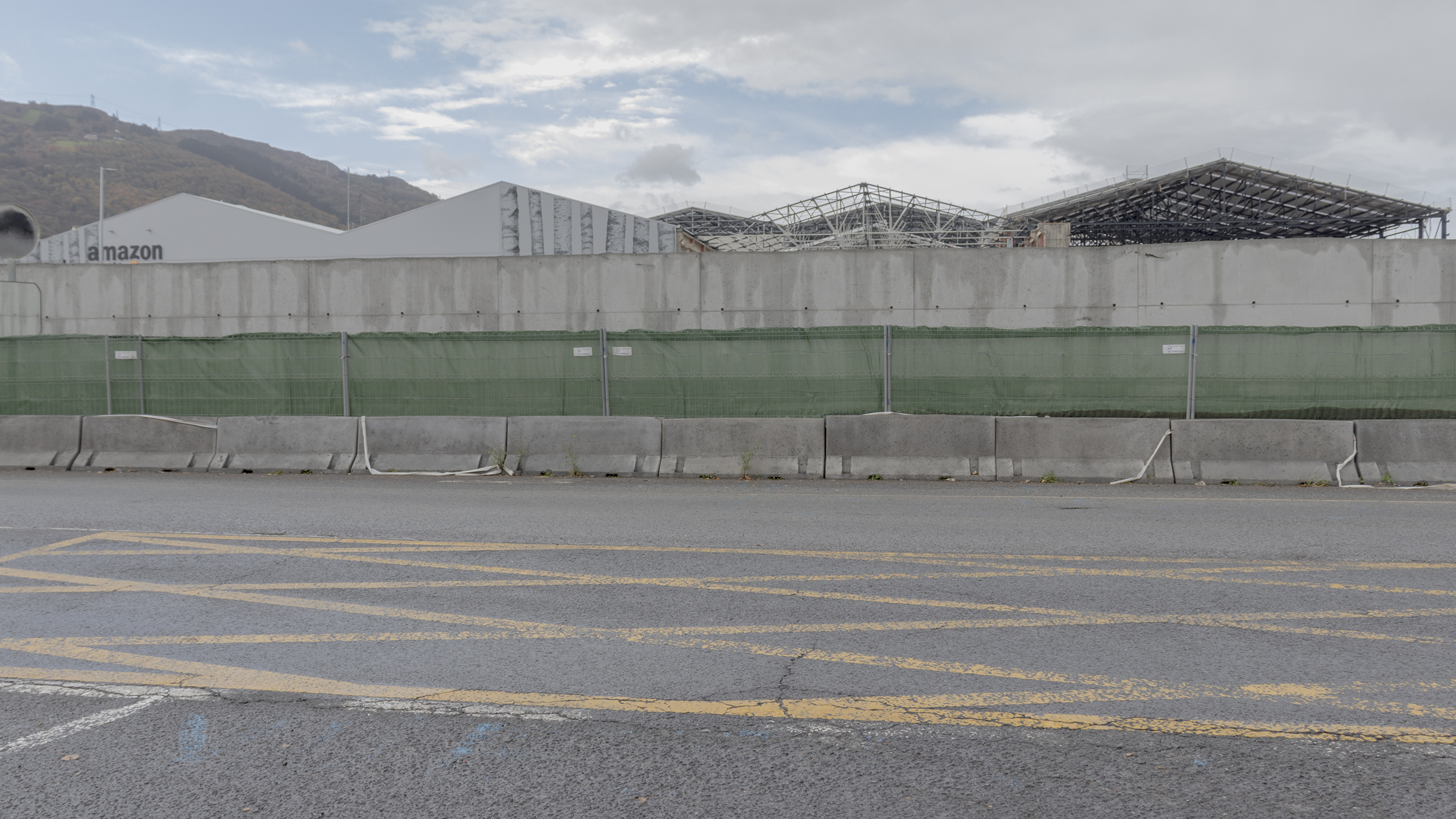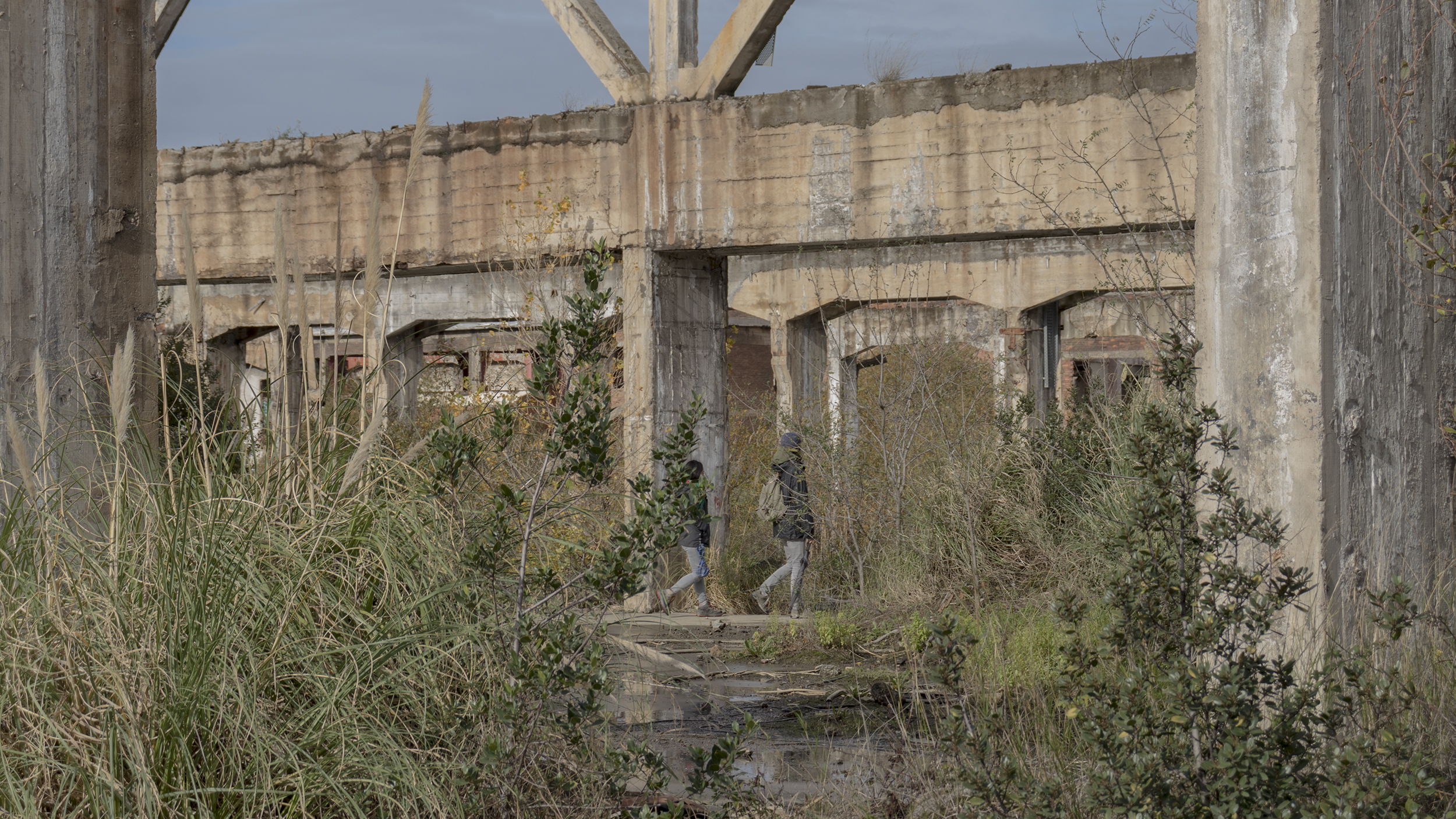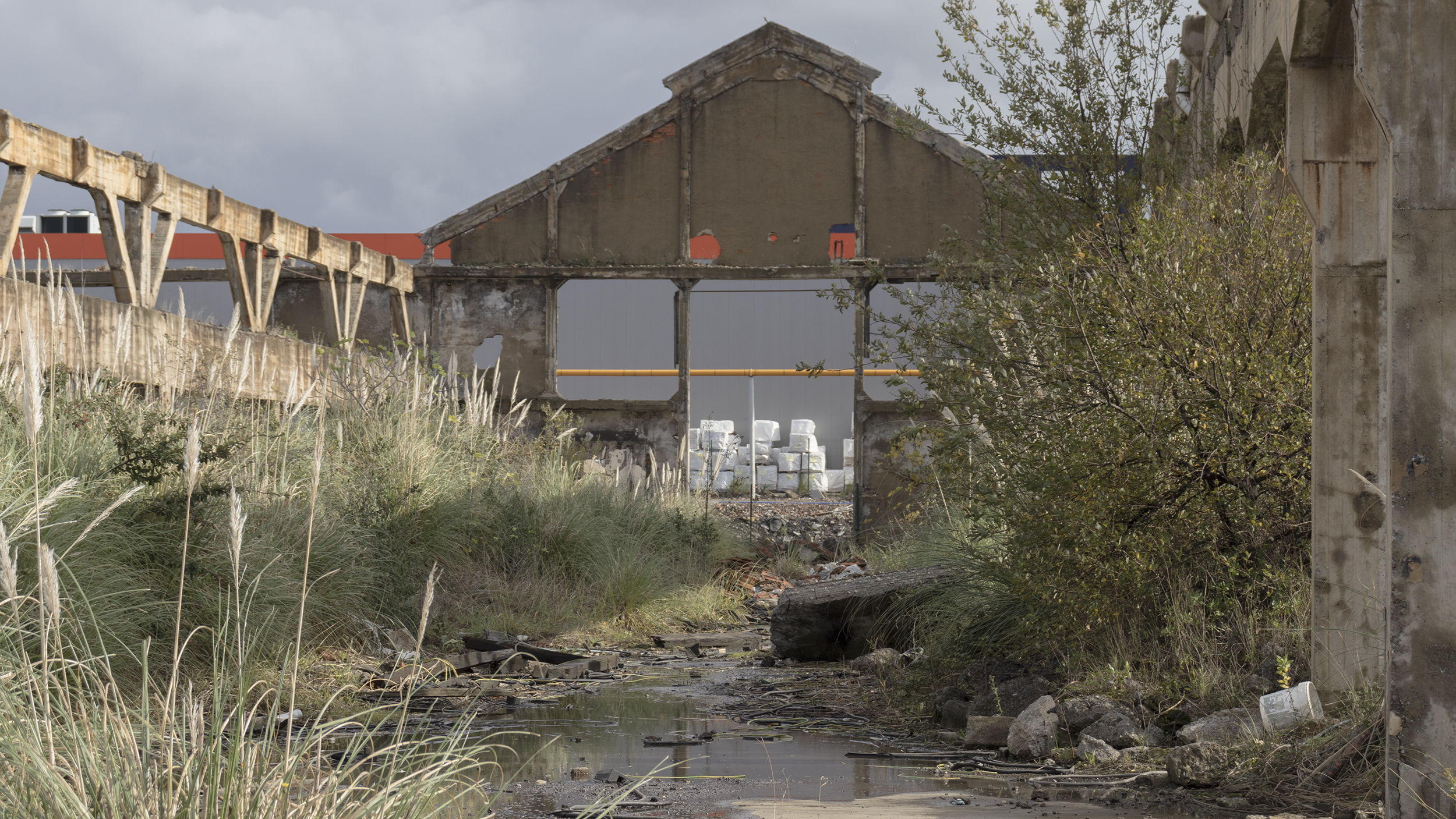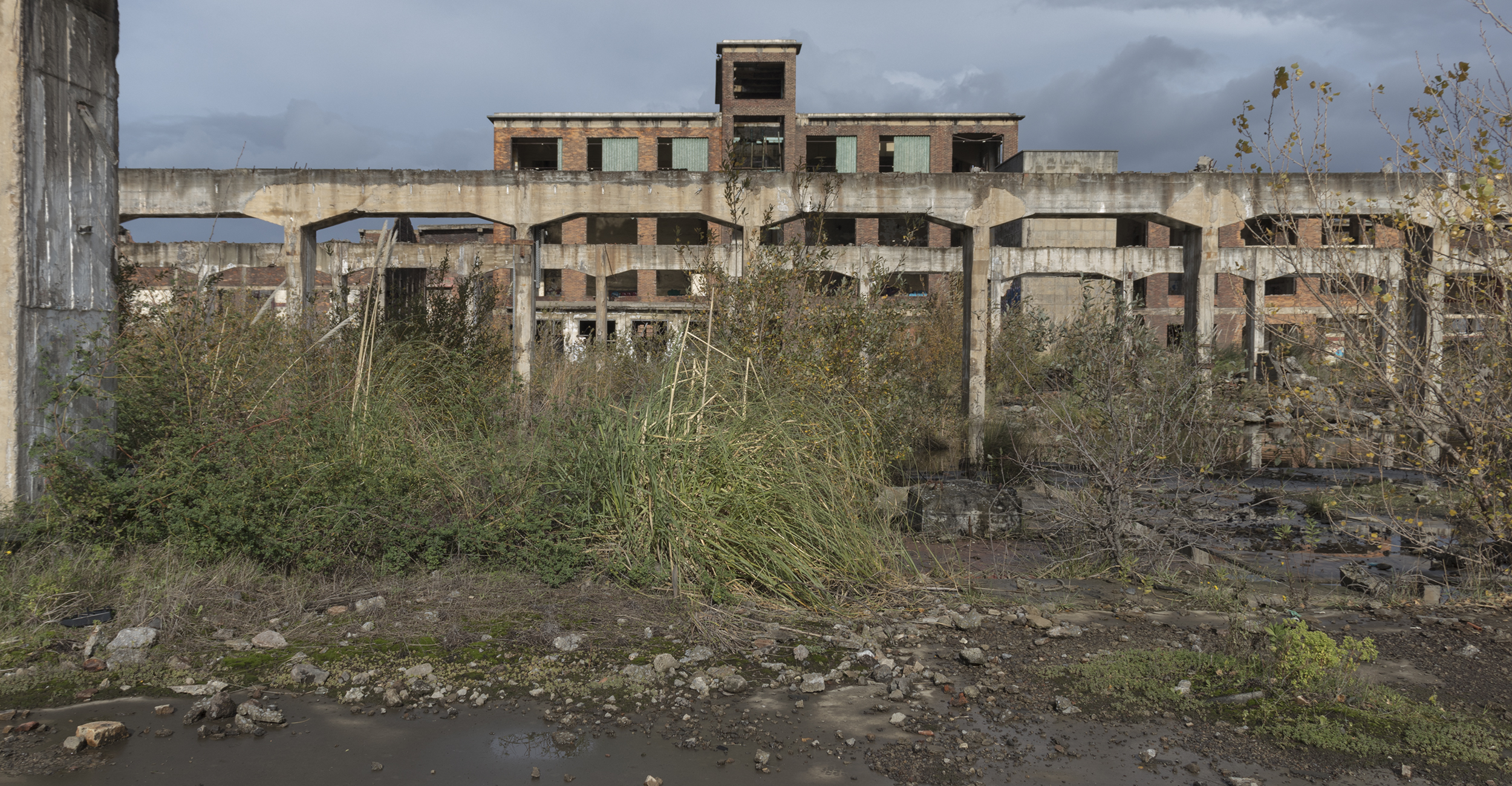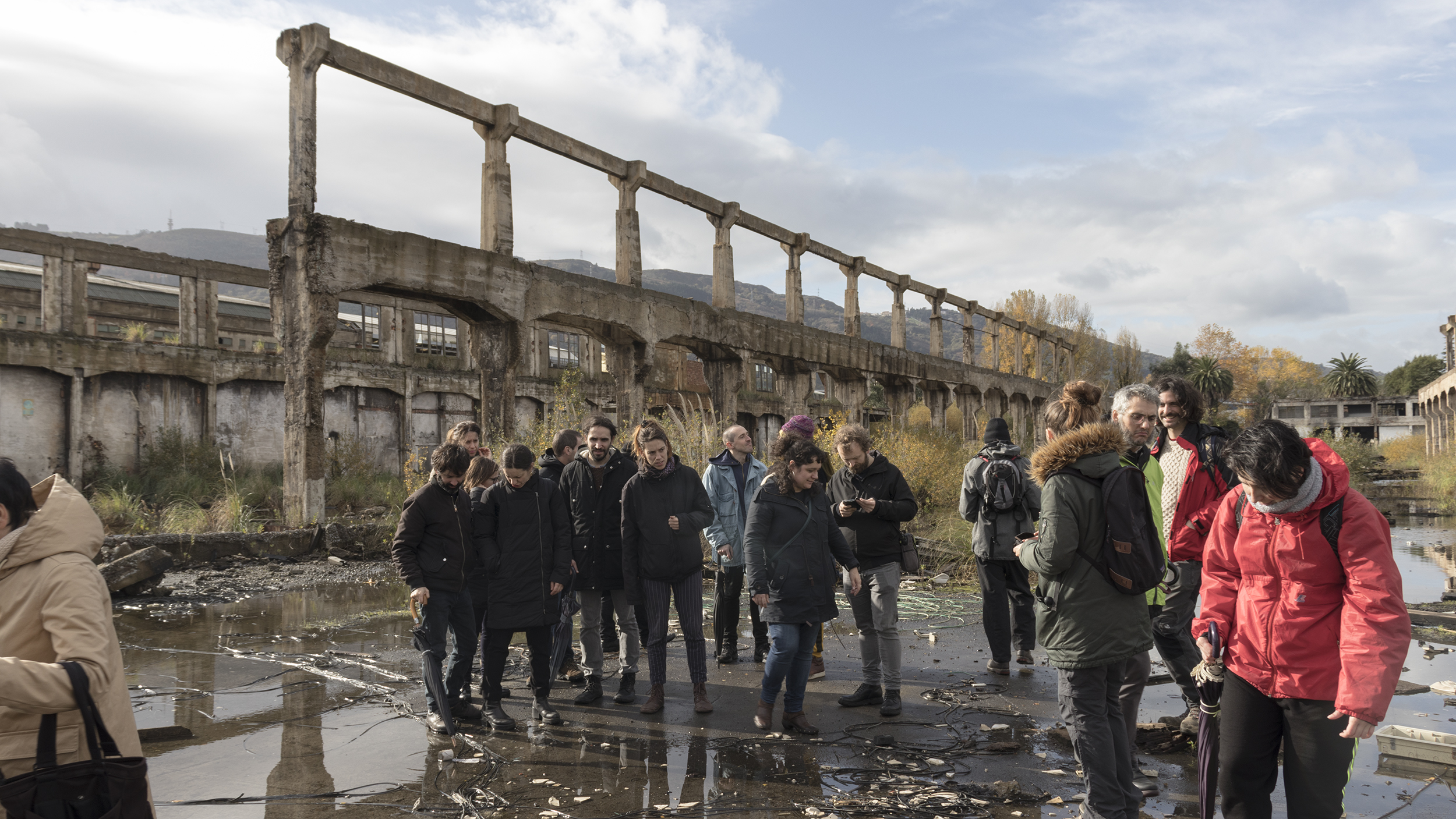Space is the Place / The Place is Space
MARION CRUZA LE BIHAN & AITOR IZAGIRRE: ‘X’ NEVER, EVER MARKS THE SPOT
by
X never, ever marks the spot by Marion Cruza Le Bihan & Aitor Izagirre is the fourth session of Space is The Place/The Place is Space, a programme structured around periodical encounters. The programme aims to analyse the role of art as a critical practice offering tools to stop, look and situate ourselves in the world; to generate situations and imagine ways of experiencing and producing space.
‘X’ NEVER, EVER MARKS THE SPOT
“Waste and loss are the dark side of change, a repressed emotional subject. There is a pornography of wasting, just as there is a pornography of sex and one of death.”
[Kevin Lynch: Wasting Away: An Exploration of Waste, 1990]The ‘periphery’ in geometry refers to the contour of a curved figure. It is also used for the outer surface of a solid. A periphery will surround a nucleus; this nucleus might be a city, although peripheries also have their own nucleus. There are centres in the outskirts. The hub there is a crossroads, a meeting of two paths that could be used to cross a catchment area between rivers for centuries. The two of us travelled around the zone for years by public transport, along the north of it, and did the south by car. From the car we could also see it from up high, from the mouth of a tunnel. We seldom went through it, and hardly ever on foot, until we decided to make a film.
We started traversing the zone with no narrative structure. We conceived sequences by looking at it from inside. Our images pissed us off. What were they telling? And what and why do they tell now? And what was our film for? The closest thing to an answer was the word ‘peripateia’, which has the same Greek prefix. Peripateia refers to something that changes the course of events, and might even mean a catastrophe. In real life it is something unforeseen.
Possible spaces in the relief of the zone, its textures and routes, give us variable shapes. A place as such is something shapeless. We think we can understand or define it, but in actual fact we can’t, except perhaps through the way it acts on our emotions and behaviour. Psychogeography studies these effects and their causes. Using this strategy as our inspiration, we will propose a route. We’ll set off by train from the centre of Bilbao, on a working Saturday, at 9 am. We’ll walk during our free time. For around 4 hours, about 10 km.
Departure time:
09:00
From:
Estación de Abando
Plaza Circular, 2
48008- Bilbao
Limited spaces. To take part and indicate whether you’d like to have lunch with the group, contact: bulegoa@bulegoa.org
Registration deadline ends on Monday, November 18.
Marion Cruza Le Bihan and Aitor Izagirre are artists and teachers. They have worked on different projects since 2013, such as Giltzapekoak: Notas sobre la reclusión, an exhibition they jointly curated with Pablo Marte (Koldo Mitxelena Kulturunea, Donostia-San Sebastián 2016). Marion’s practice researches ways of imagining films and the construction of “scenes”. This includes video and film works; writing dialogues; performances, films and installations. She also does direct audiovisual montage sessions. Aitor studied philosophy in Donostia-San Sebastián and has been a part of the Basque experimental music scene for years. He has published texts in fanzines and magazines and is currently working on films that tackle the space of landscape and the landscape of space, in some way.
